

Articles
How To Store Chicken Cutlets
Modified: January 6, 2024
Discover the best way to store your chicken cutlets with these helpful articles. Keep your chicken fresh and delicious for longer.
(Many of the links in this article redirect to a specific reviewed product. Your purchase of these products through affiliate links helps to generate commission for Storables.com, at no extra cost. Learn more)
Introduction
Welcome to the world of chicken cutlets! These versatile pieces of chicken meat are a staple in many cuisines and can be used as an ingredient in a variety of delicious dishes. Whether you’re grilling, baking, or frying them, one thing remains essential: proper storage.
Storing chicken cutlets correctly is crucial for maintaining their quality, flavor, and safety. Without the right storage methods, you run the risk of spoiling the meat and potentially exposing yourself and your loved ones to harmful bacteria.
In this article, we’ll explore the importance of properly storing chicken cutlets and provide you with the best methods to ensure their freshness and longevity. Whether you have leftover cutlets or want to stock up for future meals, we’ve got you covered with the tips and tricks you need to know.
Before we dive into the nitty-gritty of storage methods, let’s understand why proper storage is essential.
Key Takeaways:
- Properly storing chicken cutlets is essential for maintaining quality, flavor, and safety. Follow recommended methods, practice safe handling, and maximize shelf life to enjoy delicious, well-preserved chicken meals.
- Whether refrigerating or freezing, proper packaging, labeling, and safe handling are crucial for storing chicken cutlets. Understanding thawing techniques is essential for maintaining quality and ensuring safe consumption.
Read more: How To Make Chicken Cutlets In Air Fryer
Importance of Properly Storing Chicken Cutlets
Properly storing chicken cutlets is crucial for several reasons. First and foremost, it helps to maintain the quality and flavor of the meat. No one wants to bite into a dry or flavorless cutlet. By following the appropriate storage methods, you can keep your chicken cutlets moist, tender, and delicious.
Another important factor to consider is food safety. Chicken is a perishable food that can harbor harmful bacteria such as Salmonella and Campylobacter. These bacteria can cause foodborne illnesses if not handled and stored properly. By storing your chicken cutlets correctly, you minimize the risk of bacterial contamination and protect yourself and your family from potential health hazards.
Proper storage also helps to prevent food waste. When chicken cutlets are not stored correctly, they can spoil quickly, resulting in the need to discard them. This not only wastes food but also wastes your money. By storing your chicken cutlets properly, you can extend their shelf life and reduce food wastage.
Lastly, properly storing chicken cutlets allows you to plan ahead and have them ready for future meals. You can buy chicken cutlets in bulk when on sale or prepare a large batch in advance for busy days. With the right storage methods, you can conveniently store the cutlets and have them readily available whenever you need them.
Now that we understand the importance of properly storing chicken cutlets, let’s explore the factors you should consider before storing them.
Factors to Consider Before Storing Chicken Cutlets
There are several factors to consider before storing chicken cutlets to ensure their freshness and safety. By taking these factors into account, you can maximize the shelf life of your cutlets and maintain their quality. Here are a few key factors to consider:
- Freshness: It’s important to start with fresh chicken cutlets. Check the sell-by date or purchase them from a reputable source to ensure their freshness. Fresh cutlets will have a firm texture, pink color, and a pleasant smell.
- Quality: Look for chicken cutlets that are free from any visible signs of damage or bruising. The meat should be smooth and moist. Avoid cutlets with an off-putting smell or slimy texture, as these are indicators of spoilage.
- Portion Size: Consider how many cutlets you will need for immediate use and how many you want to store for later. This will help you determine the appropriate packaging and storage method.
- Storage Containers: Choose the right storage containers based on the quantity of chicken cutlets you plan to store. Ensure the containers are clean, airtight, and suitable for freezer or refrigerator storage.
- Labeling: Labeling the storage containers with the date of storage can help you keep track of their freshness and prioritize their use to avoid spoilage.
- Storage Space: Consider the available space in your refrigerator or freezer before storing chicken cutlets. Ensure there is enough room to lay them flat without overcrowding, as this allows for even cooling and freezing.
- Safe Handling: Practice safe handling procedures when preparing and packaging chicken cutlets. Wash your hands thoroughly before and after handling raw chicken to avoid cross-contamination.
By taking these factors into account, you can ensure that you are starting with fresh and high-quality chicken cutlets and setting yourself up for successful storage. Now let’s explore the different storage methods for chicken cutlets.
Recommended Storage Methods for Chicken Cutlets
When it comes to storing chicken cutlets, there are two primary methods to choose from: refrigeration and freezing. The appropriate method will depend on the duration for which you need to store the cutlets. Here’s a breakdown of the recommended storage methods:
1. Storing Chicken Cutlets in the Refrigerator:
If you plan to use the chicken cutlets within a few days, refrigeration is the way to go. Follow these steps:
- Ensure the cutlets are fresh and properly packaged in airtight containers or resealable plastic bags.
- Place the cutlets in the coldest part of your refrigerator, which is typically the back or bottom shelf. This helps maintain a consistent temperature.
- Keep the cutlets away from other raw meats, especially those that may drip and cause cross-contamination.
- Consume the cutlets within 2-3 days for the best quality and flavor.
Read more: How To Store Chicken In Fridge
2. Storing Chicken Cutlets in the Freezer:
If you want to store chicken cutlets for a longer period, freezing is the ideal option. Here’s how to do it:
- Ensure the cutlets are fresh and properly packaged to prevent freezer burn. Wrap each cutlet individually in plastic wrap or place them in separate freezer bags.
- For extra protection, place the wrapped cutlets in a larger freezer-safe container or bag to prevent exposure to air and potential freezer burn.
- Label the containers with the date of storage to keep track of their freshness.
- Store the cutlets in the coldest part of the freezer, such as the back or bottom. This helps maintain a consistent temperature.
- When freezing, chicken cutlets can remain safe to eat for up to 6 months. However, for the best flavor and quality, it’s recommended to consume them within 3-4 months.
By following these recommended storage methods, you can ensure that your chicken cutlets stay fresh, flavorful, and safe to eat. However, proper packaging and labeling also play a significant role in maintaining the quality of the stored cutlets. Let’s delve into some packaging and labeling tips next.
Storing Chicken Cutlets in the Refrigerator
When it comes to storing chicken cutlets in the refrigerator, it’s important to follow proper handling and storage practices to maintain their freshness and safety. Here’s a step-by-step guide:
- Package the Cutlets: Ensure the chicken cutlets are properly packaged in airtight containers or resealable plastic bags. This helps to prevent moisture loss and exposure to air, which can lead to drying out and spoilage.
- Choose the Right Storage Spot: Place the packaged cutlets in the coldest part of your refrigerator, typically the back or bottom shelf. This area maintains a more consistent temperature, ensuring the chicken stays fresh for longer.
- Separate from Other Raw Meats: Keep the chicken cutlets separate from other raw meats, especially those that may drip. This prevents cross-contamination and reduces the risk of bacterial growth.
- Temperature Check: Make sure your refrigerator is set to a temperature below 40°F (4°C) to inhibit the growth of harmful bacteria. Use a refrigerator thermometer to monitor the temperature regularly.
- Consume Within 2-3 Days: It’s recommended to consume the refrigerated chicken cutlets within 2-3 days for the best quality and flavor. Beyond that, there is a higher risk of spoilage, regardless of proper storage practices.
Following these steps will help you maintain the freshness and safety of your chicken cutlets while they are stored in the refrigerator. However, if you plan to store the cutlets for a longer period, freezing is a better option. Let’s explore how to store chicken cutlets in the freezer.
Storing Chicken Cutlets in the Freezer
If you want to store chicken cutlets for an extended period, freezing is the most suitable method. Properly freezing the cutlets ensures they retain their quality and flavor until you’re ready to use them. Follow these steps to store chicken cutlets in the freezer:
- Package for Freezing: Wrap each chicken cutlet individually in plastic wrap or place them in separate freezer bags. This prevents freezer burn and helps maintain their quality.
- Double Bag for Extra Protection: To provide additional protection against freezer burn and exposure to air, place the wrapped cutlets in a larger freezer-safe container or bag.
- Label the Containers: Label the containers with the date of storage. This allows you to keep track of the cutlets’ freshness and prioritize the use of older ones before newer ones.
- Choose a Freezer-Safe Spot: Store the chicken cutlets in the coldest part of the freezer, such as the back or bottom shelf. This area maintains a consistently low temperature, ensuring the cutlets remain safely frozen.
- Recommended Freezing Duration: Chicken cutlets can remain safe to eat when frozen for up to 6 months. However, for the best quality and flavor, it’s recommended to consume them within 3-4 months.
By following these steps, you can properly store chicken cutlets in the freezer and keep them safe for an extended period. When you’re ready to use the frozen cutlets, proper thawing techniques are essential. We’ll explore those techniques next.
Packaging and Labeling Tips for Chicken Cutlets
Proper packaging and labeling are key when it comes to storing chicken cutlets. By following these tips, you can ensure the longevity and quality of your stored cutlets:
- Airtight Containers: Choose airtight containers or resealable plastic bags for packaging the cutlets. This prevents moisture loss and exposure to air, helping to maintain their freshness.
- Individual Wrapping: Wrap each chicken cutlet individually in plastic wrap to prevent them from sticking together. This allows you to take out only the desired amount of cutlets without defrosting the entire package.
- Double Packaging: For added protection against freezer burn, place the wrapped chicken cutlets in a larger freezer-safe container or bag. This helps to further insulate the cutlets and prevents them from being exposed to air.
- Labeling: Label the storage containers or bags with the date of storage. This allows you to keep track of when the cutlets were frozen or refrigerated. It’s crucial for prioritizing the use of older cutlets before newer ones.
- Use Freezer-Safe Materials: Ensure that the packaging materials you use are suitable for freezer storage. Freezer bags, heavy-duty aluminum foil, and freezer-safe containers are all great options for storing chicken cutlets.
- Remove Excess Air: When using resealable bags, remove as much air as possible before sealing them. Excess air can lead to freezer burn and affect the quality of the cutlets.
- Proper Sealing: Make sure that the containers or bags are tightly sealed to prevent moisture loss and to maintain the flavor and texture of the chicken cutlets.
By following these packaging and labeling tips, you can ensure that your chicken cutlets stay fresh, well-organized, and easy to use whenever you need them. However, proper handling practices are just as important for maintaining the quality and safety of your cutlets. Let’s explore some safe handling practices next.
To store chicken cutlets, place them in an airtight container or resealable plastic bag and store in the refrigerator for up to 3 days. For longer storage, wrap the cutlets tightly in plastic wrap and freeze for up to 3 months.
Read more: How To Store Chicken Broth
Safe Handling Practices for Storing Chicken Cutlets
Ensuring safe handling practices is essential when storing chicken cutlets. By following these guidelines, you can minimize the risk of contamination and maintain the quality and safety of your cutlets:
- Wash Your Hands: Before handling chicken cutlets, always wash your hands thoroughly with soap and water for at least 20 seconds. This helps to remove any potential bacteria on your hands that could contaminate the cutlets.
- Prevent Cross-Contamination: Keep raw chicken and its juices separate from other foods, especially those that will not be cooked, such as salads or fruits. Use separate cutting boards, utensils, and plates for handling chicken to avoid cross-contamination.
- Thawing Precautions: If thawing frozen chicken cutlets, do so in the refrigerator, under cold running water, or in the microwave using the defrost setting. Avoid leaving cutlets at room temperature for an extended period, as this can promote bacterial growth.
- Clean Surfaces and Utensils: Thoroughly clean cutting boards, utensils, and countertops with hot soapy water after they come into contact with raw chicken. This helps prevent the spread of bacteria to other surfaces.
- Proper Storage Temperature: Ensure your refrigerator is set at or below 40°F (4°C), and freezer at or below 0°F (-18°C). Keeping the appropriate temperature is vital for reducing bacterial growth and maintaining the quality of the cutlets.
- Use the FIFO Method: FIFO stands for “First In, First Out.” When storing multiple containers of chicken cutlets, use the oldest ones first and rotate the newer ones to the back. This practice helps prioritize the use of older cutlets and minimize food waste.
- Regularly Check for Spoilage: Periodically inspect the chicken cutlets for any signs of spoilage, such as off-putting odors, sliminess, or discoloration. If you notice any of these signs, discard the cutlets immediately.
By following these safe handling practices, you can reduce the risk of foodborne illness and ensure the quality and safety of your stored chicken cutlets. However, it’s important to know how to maximize their shelf life. Let’s explore some tips for extending the shelf life of chicken cutlets.
Tips for Maximizing the Shelf Life of Chicken Cutlets
To make the most of your stored chicken cutlets and maximize their shelf life, consider implementing these helpful tips:
- Proper Storage Temperature: Ensure that your refrigerator temperature is set at or below 40°F (4°C) and your freezer temperature is at or below 0°F (-18°C). Maintaining these temperatures helps to inhibit bacterial growth and prolong the shelf life of the cutlets.
- Stored in the Right Spot: Store chicken cutlets in the coldest part of the refrigerator or freezer. This is usually the back or bottom shelf. These areas provide a more consistent temperature and minimize temperature fluctuations, ensuring the cutlets stay fresh.
- Keep Packaging Intact: If storing pre-packaged chicken cutlets, keep them in their original packaging until you’re ready to use them. The packaging is designed to keep the meat fresh and prevent contamination.
- Minimize Exposure to Air: When repackaging chicken cutlets, attempt to remove as much air as possible from the packaging. Excess air can accelerate freezer burn and affect the quality of the cutlets.
- Avoid Frequent Thawing and Refreezing: Try to avoid thawing and refreezing chicken cutlets multiple times, as this can negatively impact their texture and flavor. Instead, portion the cutlets before freezing to only defrost what you need at a time.
- Rotate Stock: Practice the “First In, First Out” (FIFO) method when storing multiple packages of chicken cutlets. Use the oldest cutlets first, ensuring that they are consumed before newer ones to minimize any potential spoilage.
- Keep Track of Storage Time: Label the storage containers with the date of storage to keep track of how long the chicken cutlets have been stored. This helps you stay aware of their freshness and prioritize their use accordingly.
- Regularly Clean the Refrigerator: Clean your refrigerator regularly to prevent the growth of bacteria. Spilled juices or contaminants from other foods can potentially affect the quality and safety of the chicken cutlets.
- Inspect for Spoilage: Regularly check your chicken cutlets for any signs of spoilage, such as off-putting smells, sliminess, or discoloration. If any of these signs are present, discard the cutlets immediately to prevent foodborne illness.
By implementing these tips, you can ensure that your chicken cutlets stay fresh, flavorful, and safe to consume for an extended period. However, when it’s time to use frozen cutlets, proper thawing techniques are crucial. Let’s explore the correct thawing techniques for frozen chicken cutlets next.
Proper Thawing Techniques for Frozen Chicken Cutlets
Thawing frozen chicken cutlets properly is essential to ensure their texture and flavor are preserved. There are three safe methods for thawing frozen chicken cutlets:
- Refrigerator Thawing: The best and safest method for thawing frozen chicken cutlets is to transfer them from the freezer to the refrigerator. Place the frozen cutlets in a shallow dish or on a plate, and allow them to thaw slowly in the refrigerator. This method is the slowest but ensures a consistent thaw, minimizing the risk of bacterial growth. Depending on the thickness of the cutlets, this process can take anywhere from a few hours to overnight.
- Cold Water Thawing: If you need to thaw chicken cutlets quickly, you can use the cold water method. Place the frozen cutlets in a sealed plastic bag, ensuring that there are no leaks. Submerge the bag in a bowl of cold water, changing the water every 30 minutes to maintain its cold temperature. This method typically takes about 1-2 hours, depending on the thickness of the cutlets. Once thawed, cook the chicken immediately.
- Defrosting in the Microwave: If you’re short on time, you can use the defrost function on your microwave to thaw chicken cutlets. Follow the manufacturer’s instructions for your specific microwave, as cooking times may vary. Be cautious when using this method, as partially cooked edges can occur during the process. It’s important to immediately cook the chicken cutlets after thawing to ensure proper food safety.
Regardless of the method you choose, it’s crucial to never thaw chicken cutlets at room temperature. This can promote bacterial growth and increase the risk of foodborne illness. Once the chicken cutlets are fully thawed, handle them safely, and cook them promptly to the appropriate internal temperature of 165°F (74°C) to ensure they are safe to eat.
By following these proper thawing techniques, you can safely and efficiently thaw your frozen chicken cutlets while maintaining their quality and ensuring they’re ready to be cooked into a delicious meal.
Using these tips for storing, handling, and thawing chicken cutlets, you can make the most of this versatile and flavorful ingredient. Now it’s time to put your knowledge into practice and enjoy your perfectly stored chicken cutlets!
Conclusion
Properly storing chicken cutlets is crucial for maintaining their quality, flavor, and safety. By following the recommended storage methods, you can extend the shelf life of your chicken cutlets and ensure they remain fresh and delicious for future meals.
Whether you choose to store chicken cutlets in the refrigerator or freezer, it’s important to package them correctly in airtight containers or bags to prevent moisture loss and exposure to air. Labeling the containers with the date of storage helps you keep track of their freshness and prioritize their use.
Safe handling practices are integral to maintaining the quality and safety of chicken cutlets. Wash your hands thoroughly before and after handling raw chicken, and practice proper hygiene to avoid cross-contamination. Regularly clean your refrigerator and inspect the cutlets for any signs of spoilage.
Understanding the proper thawing techniques for frozen chicken cutlets is essential. Choose between refrigerator thawing, cold water thawing, or defrosting in the microwave, depending on your time constraints. Always ensure the cutlets are fully thawed before cooking them to the recommended internal temperature of 165°F (74°C).
By applying these storage, handling, and thawing techniques, you can make the most of your chicken cutlets and enjoy their flavorful taste in a variety of dishes. Remember to prioritize food safety, freshness, and quality throughout the entire storage process.
Now that you have the knowledge you need, it’s time to store your chicken cutlets with confidence and savor every bite of your well-preserved and delicious chicken meals!
Frequently Asked Questions about How To Store Chicken Cutlets
Was this page helpful?
At Storables.com, we guarantee accurate and reliable information. Our content, validated by Expert Board Contributors, is crafted following stringent Editorial Policies. We're committed to providing you with well-researched, expert-backed insights for all your informational needs.
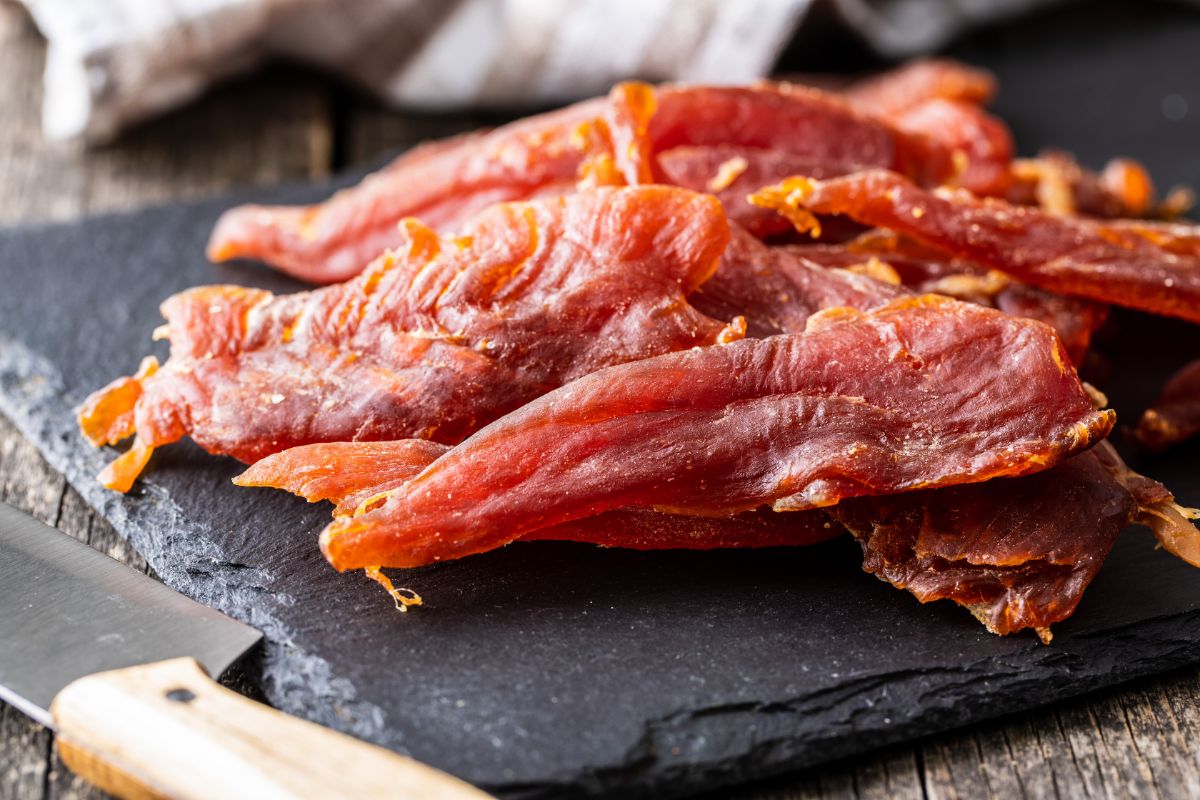
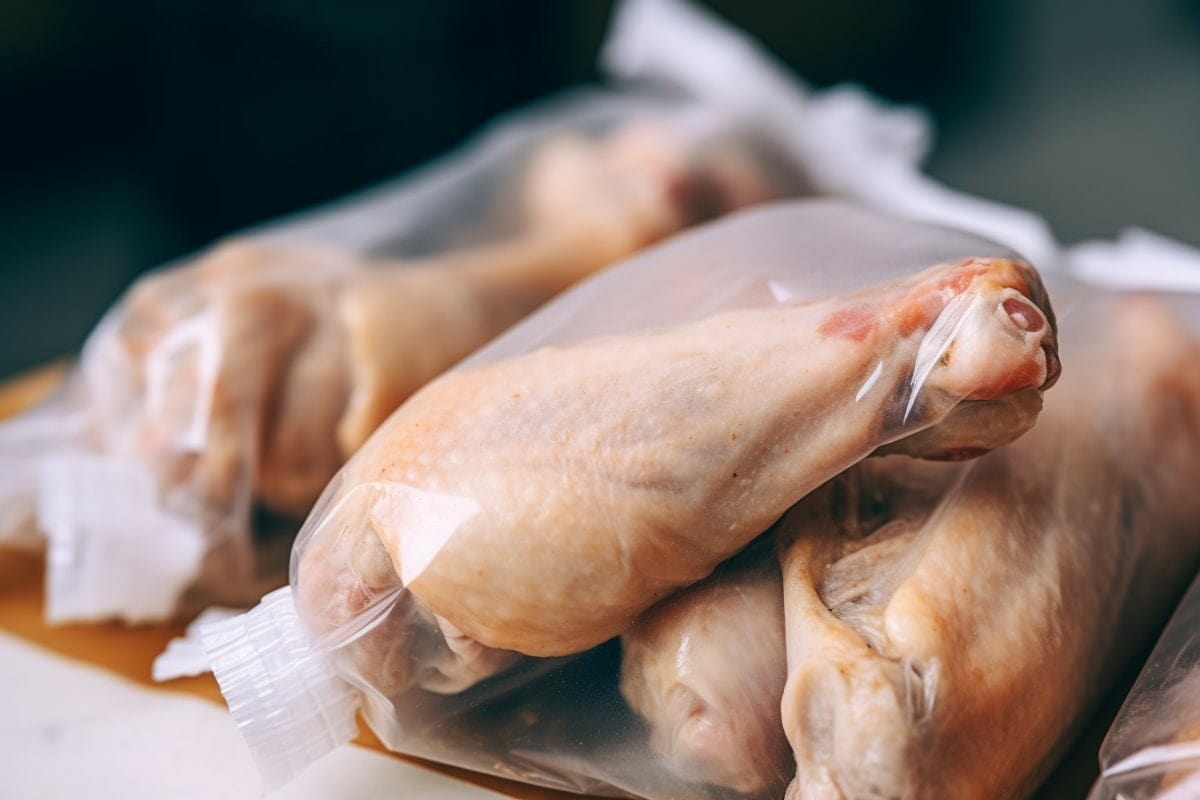
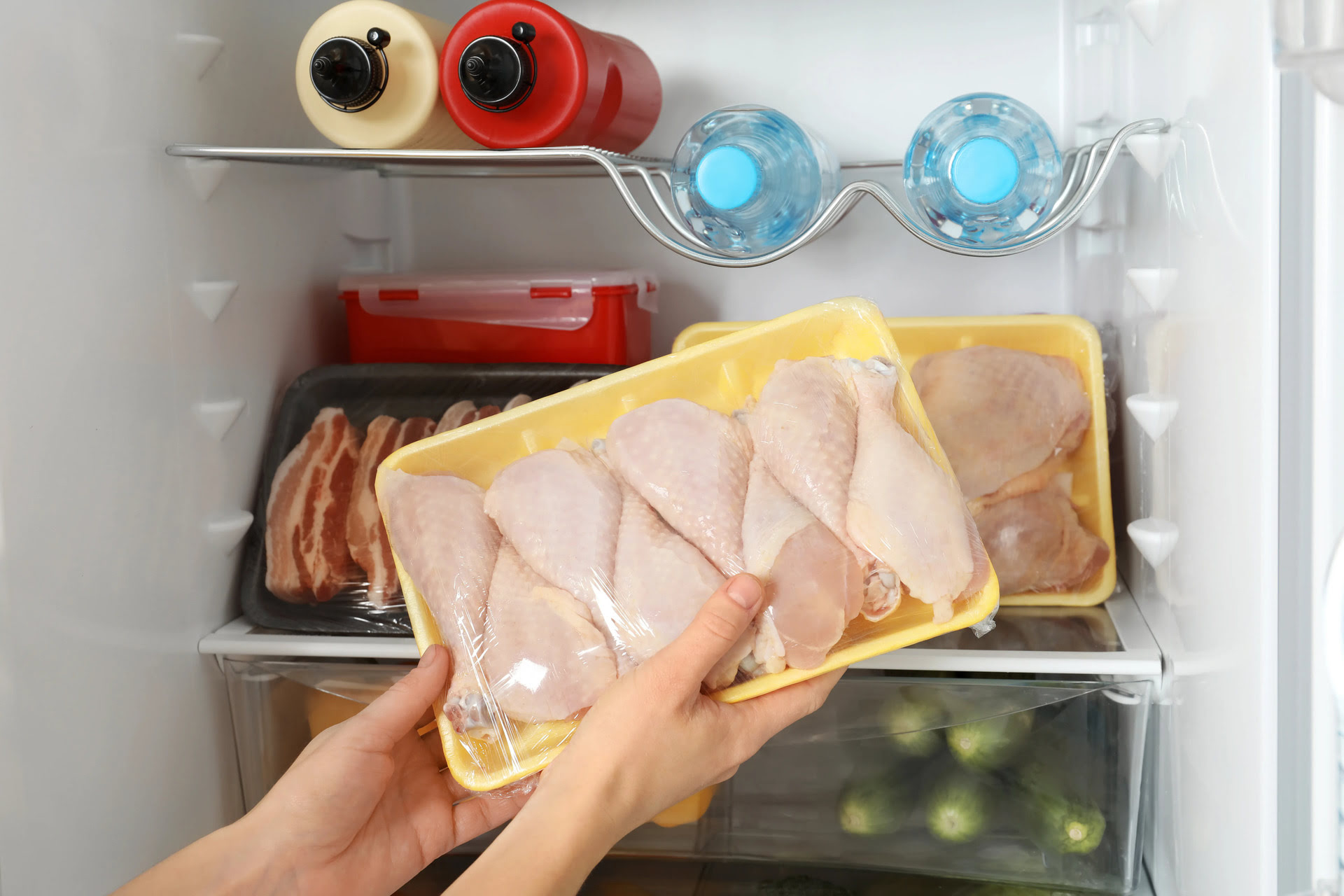
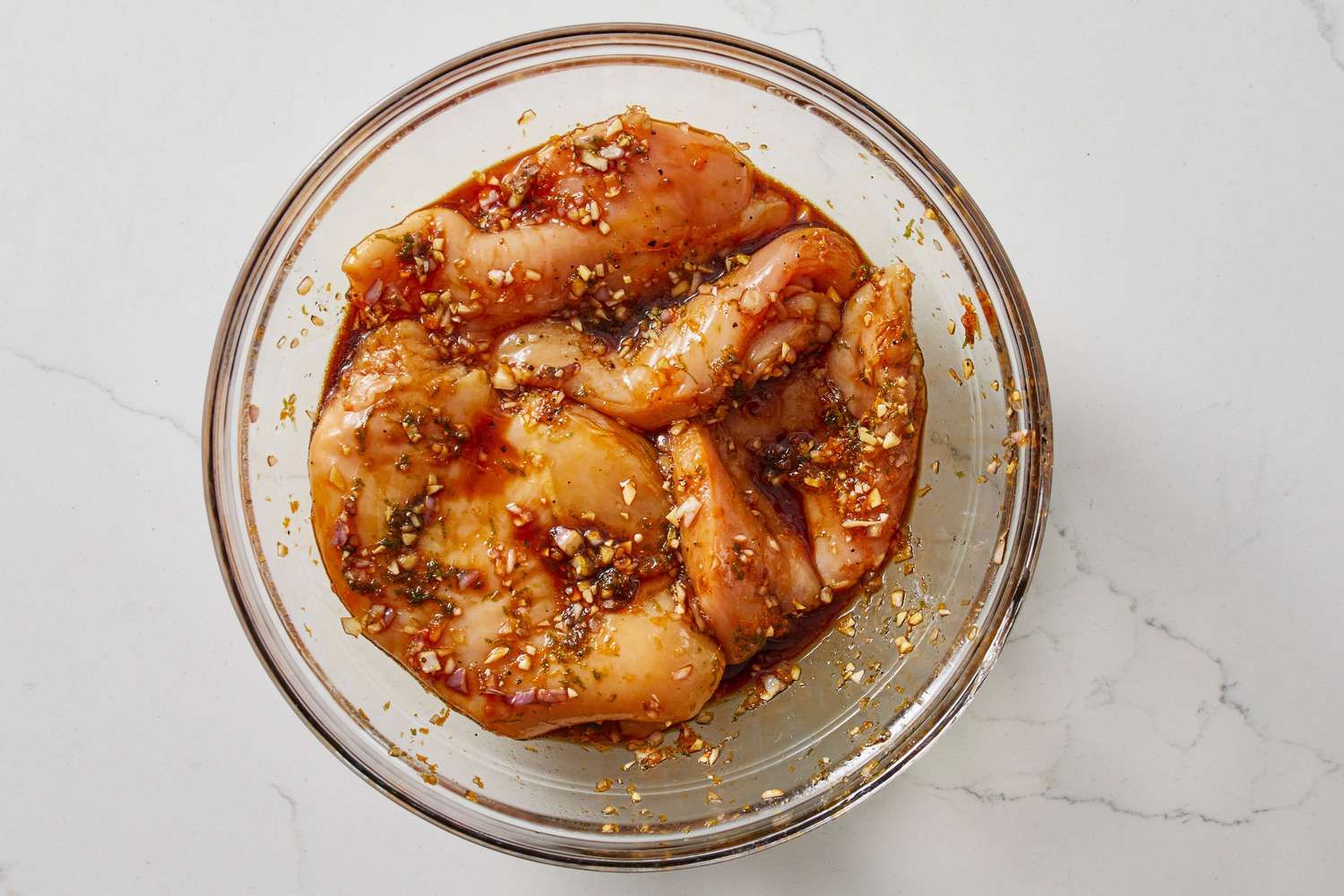
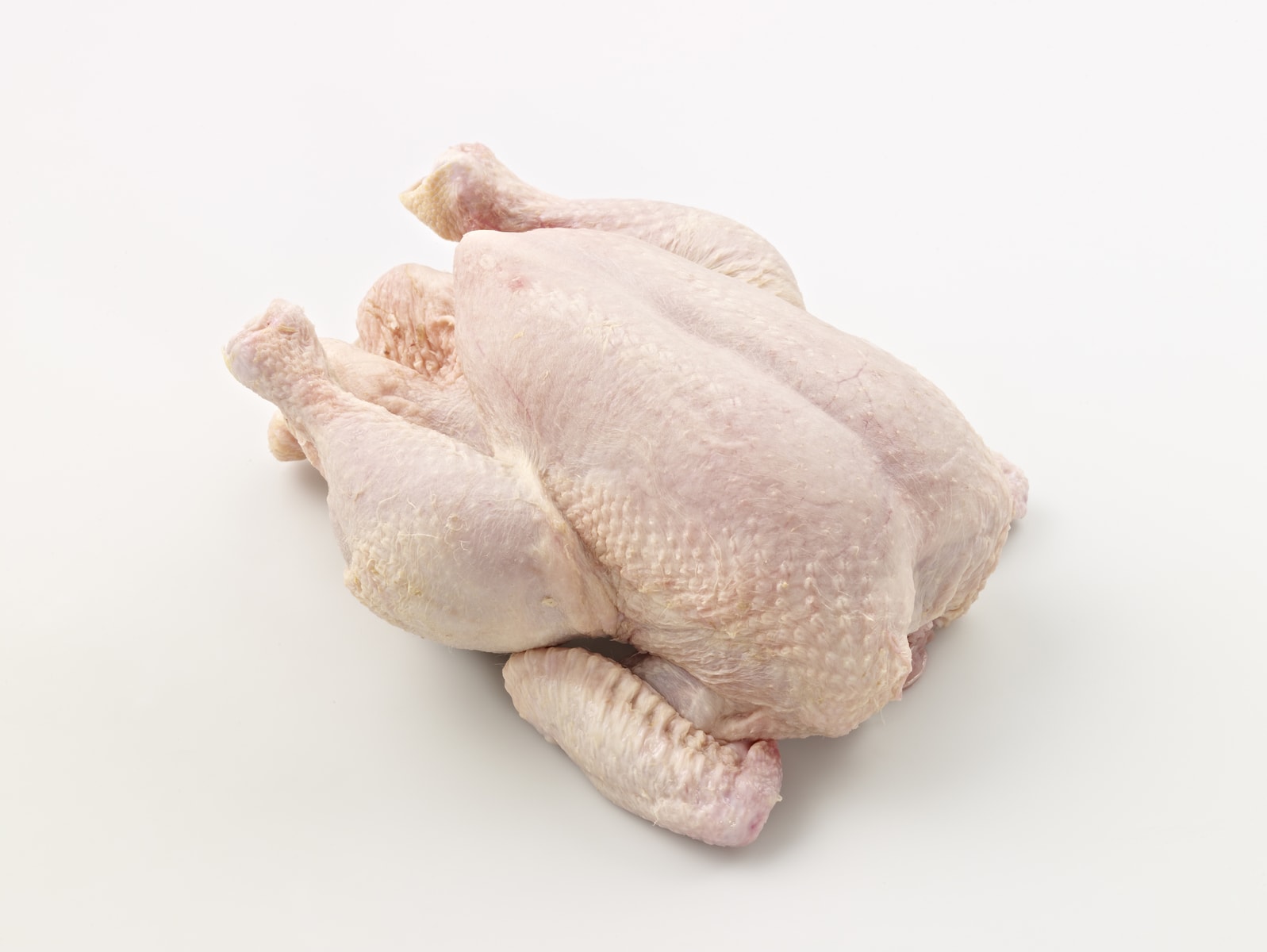

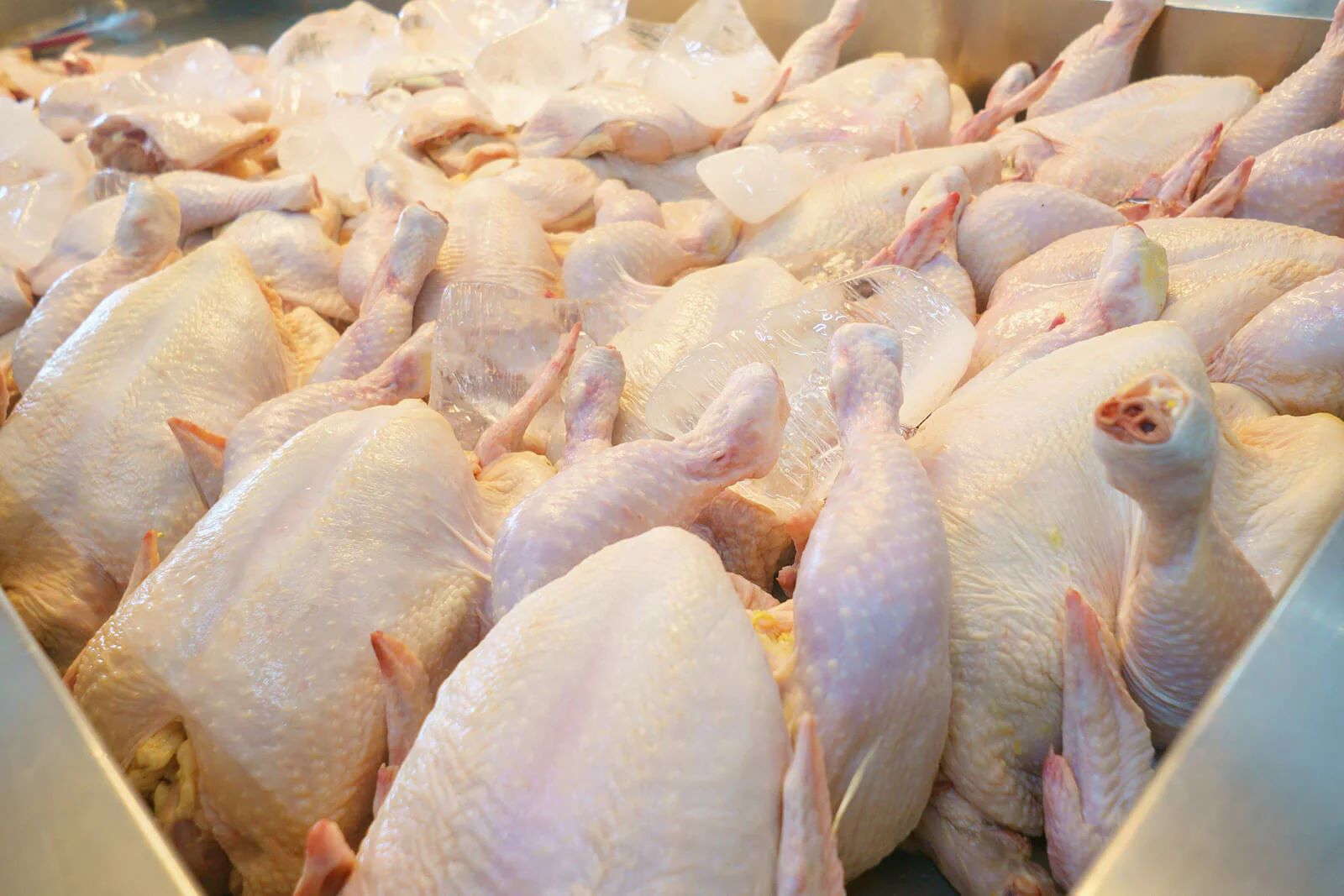
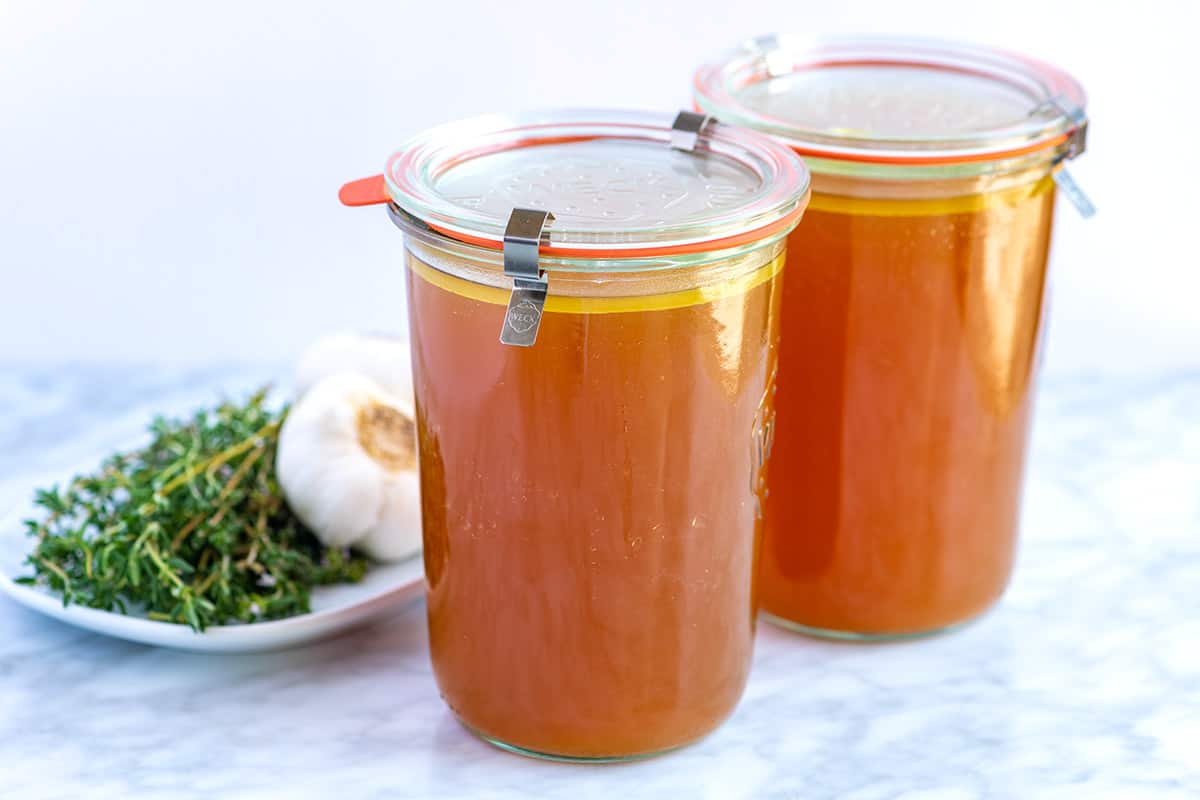
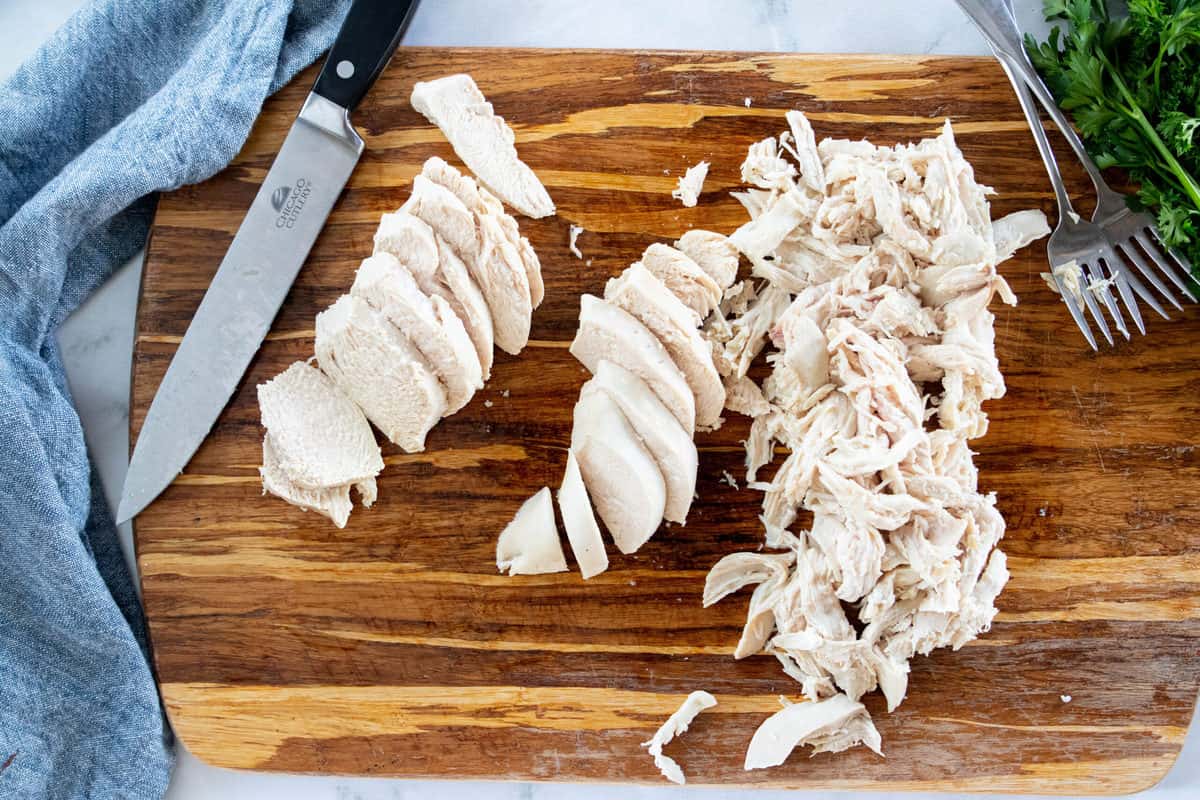
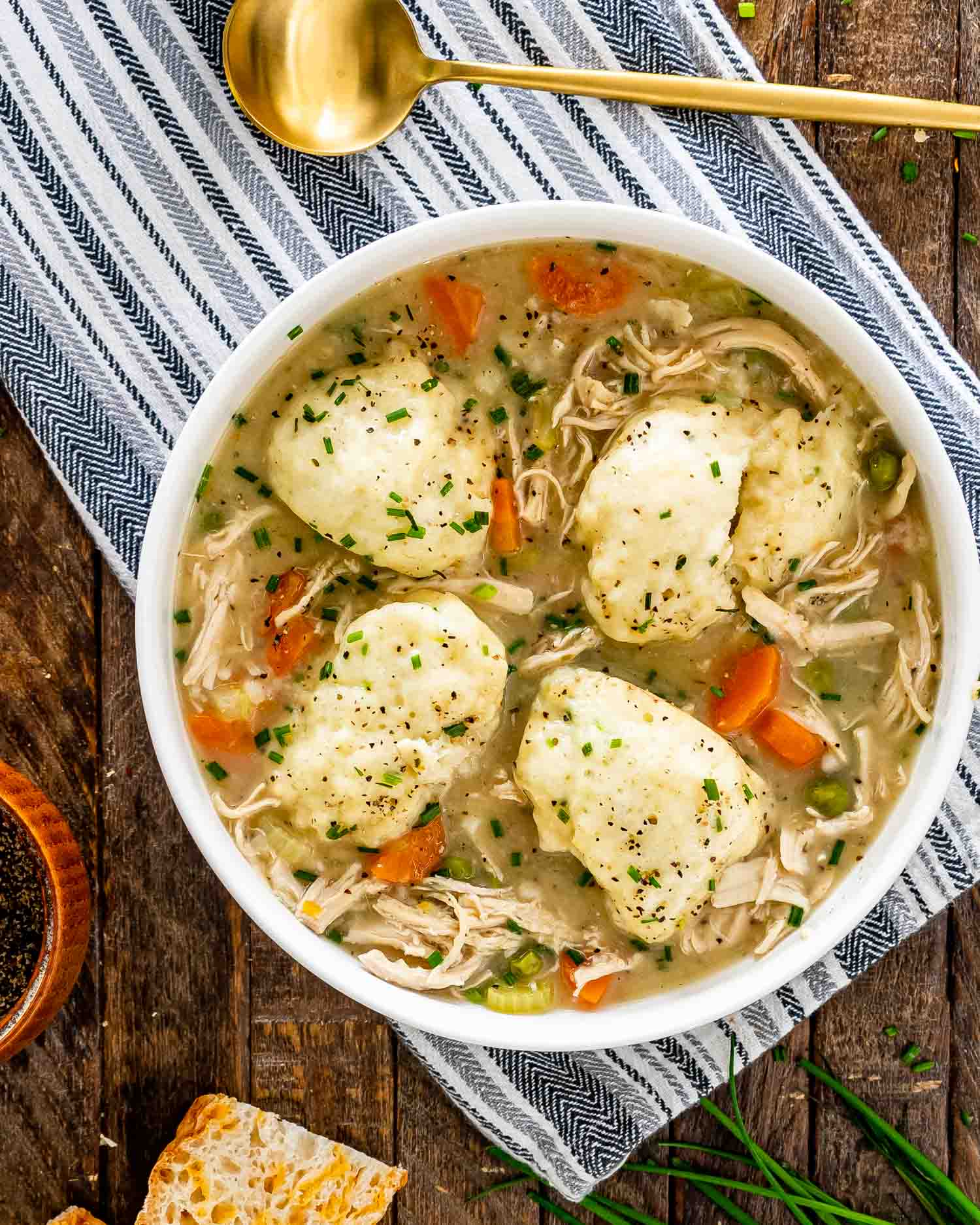
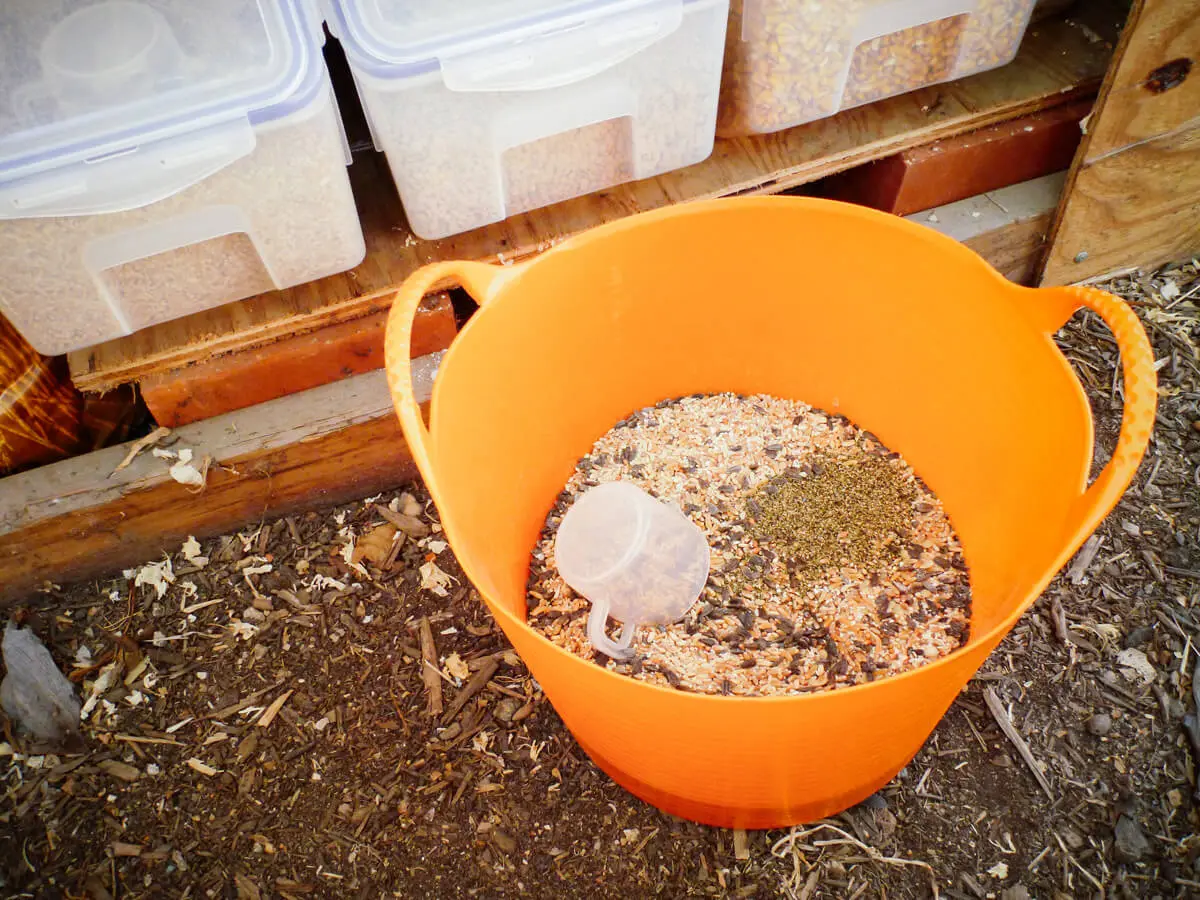

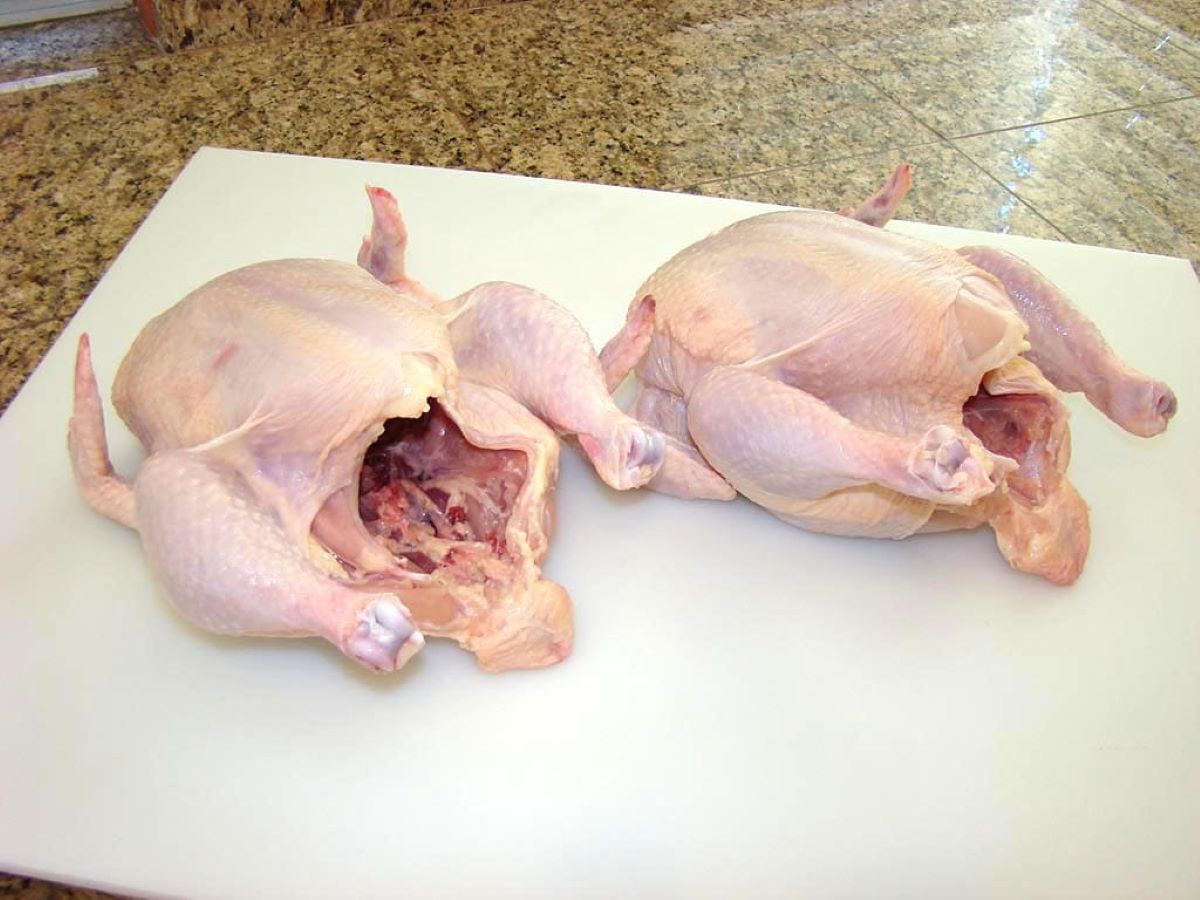

0 thoughts on “How To Store Chicken Cutlets”